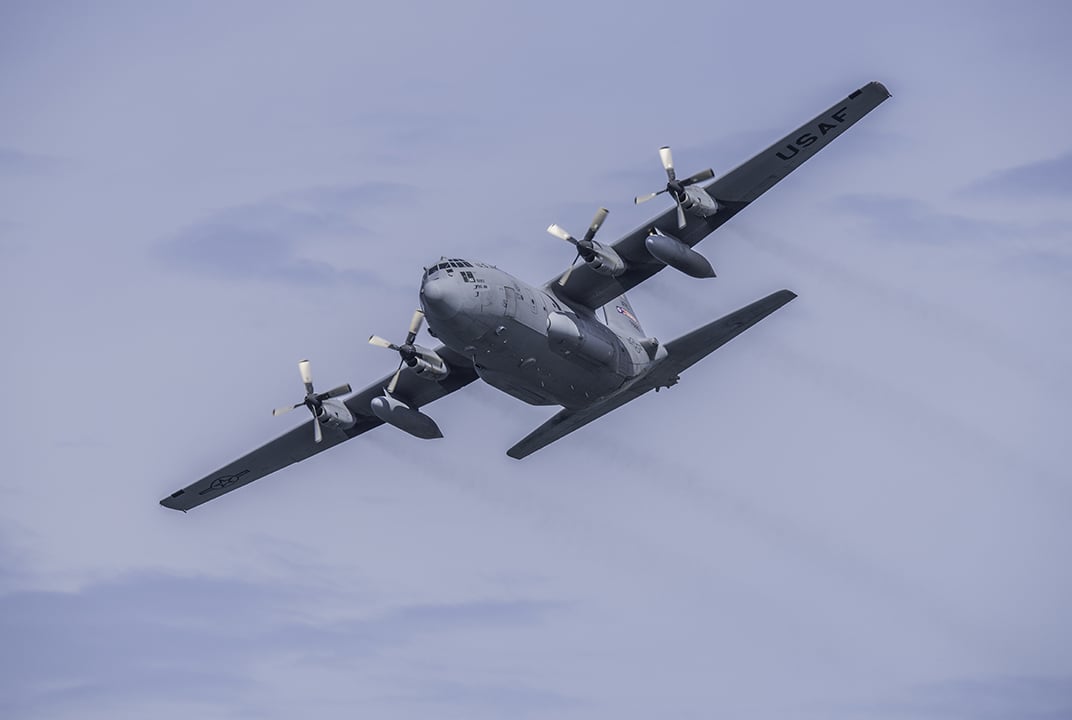Insight | Narrowband COTM: meeting government requirements by augmenting TACSAT, enabling 'Surge by the drink'
Narrowband COTM: meeting government requirements by augmenting TACSAT, enabling 'Surge by the drink'
null
As the current Ultra High Frequency (UHF) TACSAT network continues to be oversubscribed, cost-effective solutions are needed to ensure reliable narrowband COTM explains Rebecca Cowen-Hirsch, SVP, Government Strategy & Policy, Inmarsat U.S. Government.
U.S. and allied military forces, along with civil government personnel, rely heavily on worldwide tactical satellite communication (TACSAT) to coordinate and execute their mission sets. However, the current Ultra High Frequency (UHF) TACSAT network is being oversubscribed in excess of 500% by some accounts. This issue has endured for quite some time, reducing the reliability of a critical communication link used for tactical narrowband SATCOM for Communications-on-the-Move (COTM).
The widely proliferated UHF TACSAT network comprises a variety of government-owned satellites, the older of which are ageing rapidly. Due to the extensive Line-of-Sight (LOS) and Beyond-Line-of-Sight (BLOS) communication needs of military and civilian end users, the network is often saturated and less able to meet mission-critical requirements on its own. Equally as important, the network does not always allow users to access a reliable connection during a surge in usage. UHF channels are highly contended and often not available, forcing users to compete for them. This lack of requisite bandwidth threatens the success of tactical operations and the overall mission.
It has become clear that a flexible and affordable solution is required to help meet the tactical communication needs of our warfighters and civil servants. This sentiment has been echoed by U.S. Army leaders, who insist that a reliable tactical communication network is essential to modernise the force. In a recent interview, Undersecretary of the Army Brad R. Carson stated: “These are difficult times in the defense budget, and the Army is having to prioritize everything, but modernization of the network is among the very highest priorities.”
Inmarsat interviewed a number of individuals from the user community to understand their operational experiences and the challenges they face when using tactical radios. We found out what deficiencies make it difficult for government personnel to execute their missions, evaluated the capabilities of our own network, and talked to our partners to see how current resources could be leveraged to solve this real-world operational problem.
From this evaluation, the L-band Tactical Satellite (L-TAC) service was born. L-TAC delivers a highly resilient ‘UHF-like’ tactical satellite capability to existing military radios used by the U.S. government and its allies. Through the significant spectrum resources of the Inmarsat-4 constellation, end users now have access to complementary L-band capacity that seamlessly augments UHF SATCOM when the mission requires.
In addition to the U.S. military and defense agencies, L-TAC also supports the civil government market for activities such as emergency response and border protection. By enabling interoperability between UHF and Very High Frequency (VHF) radios on the same network, federal agencies, National Guard units and civilian personnel are able to coordinate and interoperate more effectively in the event of a major incident or civil emergency.
L-TAC allows users to backhaul critical communication data across L-band when UHF SATCOM is not available using existing radios, cryptography and organic waveforms. This capability is completely transparent to the end user, requiring no changes of equipment or operational concepts. The service is designed to meet surge requirements (ie ‘surge by the drink’) through an affordable lease of bandwidth with an easy-to-install antenna adaptor for existing tactical radios. This gives U.S. military and civil government personnel the option of leveraging L-band spectrum as an augmentation to TACSAT while maintaining interoperability between their existing radio sets.
As the U.S. government budget remains constrained, it is crucial that commercial providers develop cost-effective solutions for the problems government personnel face both domestically and during operational global deployments. Inmarsat, through the skills of its partners, continues to innovate leveraging the strength and reliability of its powerful network to solve these problems, augmenting MILSATCOM and other government operations with highly affordable, deployable and responsive solutions that meet the end user’s unique requirements.
About the author
Rebecca M. Cowen-Hirsch is Inmarsat Senior Vice President for Government Strategy and Policy in the United States Government (USG) Business Unit, based in Washington. Ms. Cowen-Hirsch brings 25 years of defense, aerospace, and executive leadership experience to Inmarsat. As a decorated member of the Senior Executive Service (SES) in the U.S. Department of Defense, she served as the Program Executive Officer for SATCOM, Teleport and Services at the Defense Information Systems Agency (DISA) and in several key SES executive positions including the first Vice Component Acquisition Executive for DISA, with executive management responsibility for the acquisition oversight and horizontal integration of DISA’s products, services, and programs. Ms Cowen-Hirsch established the Defense Spectrum Office, serving as its first Director where her responsibilities included the development of national security spectrum strategic plans and policy, and national and international negotiation of defense spectrum issues. Her broad defense career ranged from systems engineering, experimental flight test, program management, spectrum management, and a wide range of executive leadership positions. Ms. Cowen-Hirsch was a rated experimental flight test engineer; was the first female civilian Mission Commander for the Advanced Range Instrumentation Aircraft (ARIA) mission, and was the recipient of an Exemplary Service Medal for her years of selfless service to the Department of Defense. Ms Cowen-Hirsch has a Bachelor of Science Degree in Electrical Engineering, conducted post-graduate studies in Engineering Management, and is a graduate of the University of Tennessee Space Institute Experimental Flight Test Program; the DoD’s Acquisition Management Program; and the Cambridge Senior Executive Leadership Program.


